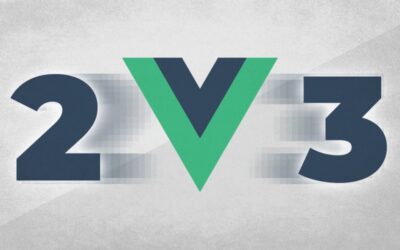I realized something about my life right around the time that I was getting ready to ask my girlfriend to marry me: if I wanted to eat well at home, I was going to have to learn to cook, because she lacked the interest and patience required to cook well (or at all, in her case…)
I gradually transitioned from basic subsistence cooking into being a really good and enthusiastic home cook with an ever-growing bookshelf of cookbooks and hours logged in front of the better shows on Food Network. The real thing that unlocked cooking for me was finding resources created by people who weren’t interested in demonstrating how to make a particular thing; these teachers were more interested in showing you a different way of thinking about food. On one end this is people like Michael Ruhlman and Alton Brown, focusing on the underlying principles behind how and why we cook (if you wanted to learn to cook well, I’d buy you a copy of Ruhlman’s books “Ratio” and “Twenty” and you’d have a solid foundation right there.)
On the other end of that shelf you have chefs like Grant Achatz, whose ‘Alinea‘ restaurant in Chicago is built around taking his deep, deep knowledge of the basic materials and techniques of cuisine and blowing them up, reassembling them with ultra-modern technique and presentation to create things that have never been done before, yet always make sense as food.
David Kadavy’s book ‘Design for Hackers: reverse-engineering beauty’ is built around the idea of presenting the underlying principles of visual design to hackers eager to learn the secrets of the field.
Even if you’re realistically never going to need to do production-level design work, what you’ll learn from reading this book (a little over 300 pages, but a very fast read) will give you a better understanding of the issues that the designers you work with are dealing with.
Proportion and Geometry
You’ve probably heard in the past how important and prevalent the Golden Ratio is in visual design (and in my studies as a composer, we were always told the same thing about its importance in music). Turns out that this is in fact overblown, but the importance of relative proportions themselves isn’t. Kadavy shows the important difference between relying on someone’s naturally gifted sense of proportion and carefully selecting and using a particular relationship throughout a design, and the benefits that fall out of doing that.
Color Theory and Science
The sections on how to intelligently use color and select color palettes are likely to the the parts that I’ll keep returning to — instead of presenting the selection of colors as a black art, he goes back to the mechanics of human vision inside the eye and brain, and derives principles from there. It turns out that the color wheel that they made everyone learn about in grade school art classes actually does have some use.
What I Didn’t Like So Much
Personally, I might have preferred if this book was more general than it ends up being — it could really have been titled ‘Web Design for Hackers’ — there’s a lengthy section on matters relating to search engine optimization, for example. Obviously, at this point, most software that’s being written involves laying out blocks of text that get delivered over an HTTP connection, so this is really my grumpiness more than anything.
My Takeaway
I don’t think that a quick read of this book has done anything like turning me into a designer. However, I certainly feel that I have a better grasp of the issues that are in play when software gets designed, and a better foundation to start building on.
Recommended. Available from Amazon.



